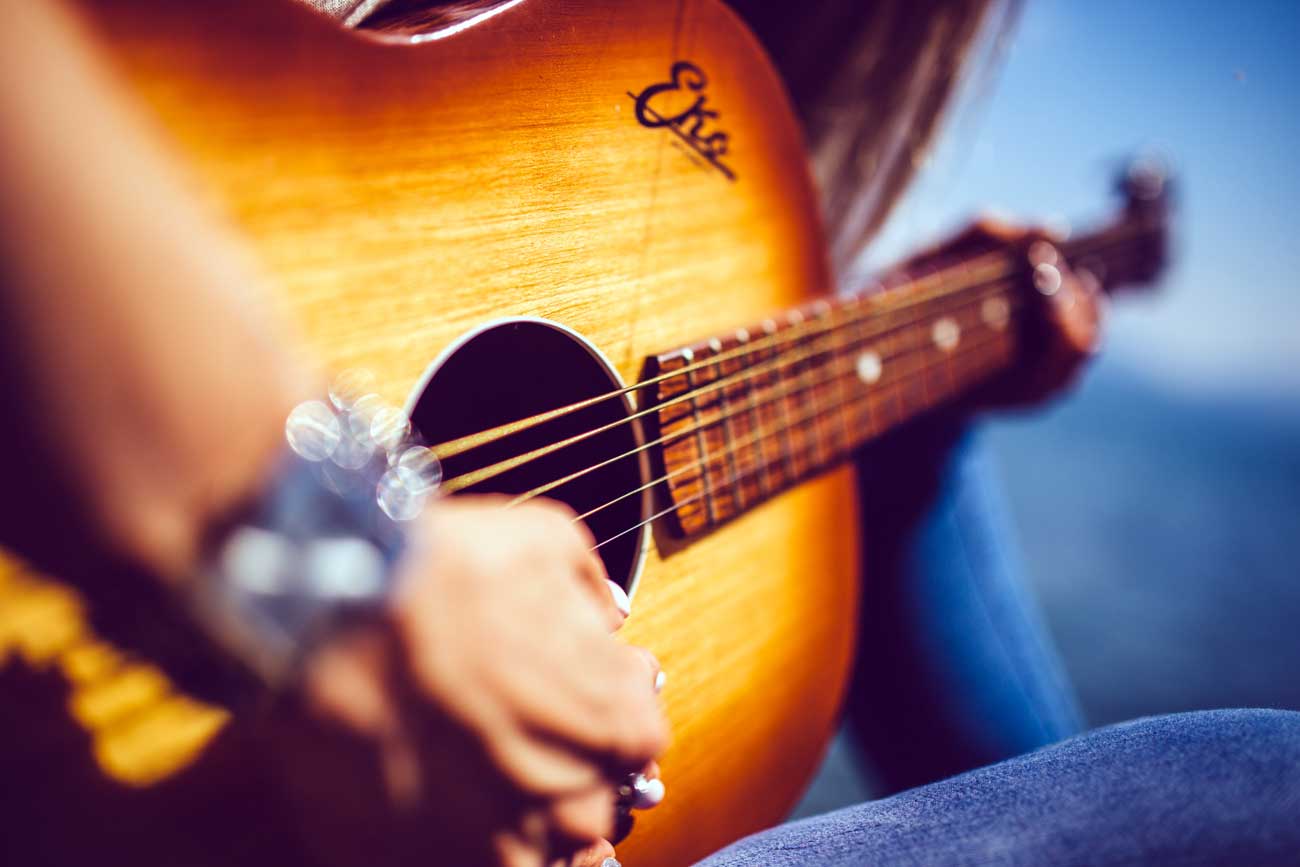What Are The Features Of Different Music Eras?
The current trending music differs greatly from the classical symphonies people enjoyed in previous centuries. In any kind of art, from architecture to music, there have been different eras classifying the artist’s style. Three music eras stand out among all of the eight differentiators of classical music.
Table of Contents
ToggleIt is essential to understand the difference between baroque vs classical vs romantic music to get acquainted with more significant movements in the music world. Looking at their features collectively will give a comprehensive knowledge of the progression in art and how people appreciate it.
Features of Baroque Music
The Baroque musical era was instrumental in changing how musicians treated composition for many centuries. They treated Symphonies, sonatas, and concertos for better compositional refinement. But it was the sonata form from the classical period that musicians are still inspired by.
Modern orchestras and opera, as they are currently known, were born during these 150 years. The Baroque also led to the birth of the modern cantata, sonata, and concerto. Certain old media were still used by the turn of the century, but choral music took a backseat. The cello, viola, and violin were used extensively, with idiomatic instruments dominating a large part of the produced music.
The orchestral music born out of the Baroque is a contrast between solo and ensemble. The harpsichord was invented during the baroque era. It also uses melodic lines, trills, turns, and terraced dynamics. Eventually, classical music gave way, and the progression led to permeation in both the public and domestic spheres.
Features of Classical Music
The Baroque musical era was instrumental in changing how musicians treated composition for many centuries. But it was the sonata form from the classical period that musicians are still inspired by. They treated Symphonies, sonatas, and concertos for better compositional refinement.
Structural integrity and clarity is the most defining feature of classical music. All the musicians responsible for this shift from Baroque to classical focused on symmetry and clarity rather than the textures on which Baroque focused. The trio and quartet were also crucial for the structural integrity of the whole piece.
Features of Romantic Music
The main focus of romanticism in any kind of art was the emphasis on individuality and self-expression. The romantic hero is usually divided into early romanticism and late romanticism. Both of them together span nearly a century, from 1830 to 1920.
One of the defining features of romanticism was a greater emotional depth and a storyline attached to the music for greater involvement in the art. The musicians could take a theme and expand upon it to great lengths for a very eager audience. Throughout the century, when romantic music flourished, some people were against the over-intelligence that romanticism strived for.
Romantic music came about two centuries later than the Baroque era, so comparing baroque vs. classical vs. romantic depends upon the basic features and the musician’s approach to music.
The Takeaway
In the 17th century, a shift towards textural depth was sought in Baroque music. It led to the birth of orchestral music and opera. Further developments were seen in classical music, and more structural clarity was given to the musicians to produce music strategically. The romantic period focused on the individual’s way of looking at the world and going into death with the music itself. It allowed for in-depth exploration of themes and storytelling via compositions in which the audience could feel emotionally involved.
